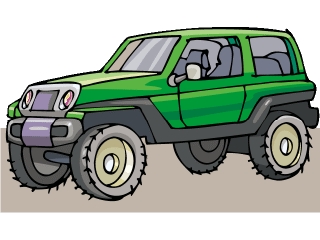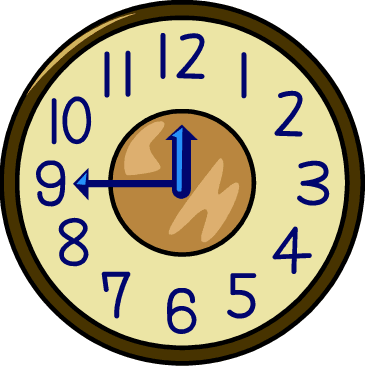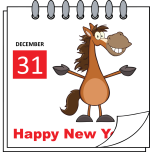ESL Driving Writing
Writing is a good way to learn new language, and these ESL driving writing tasks will help you learn how to use driving vocabulary correctly. When writing you have time to stop and make sure that you have selected the best word to use for the situation.

This page has 4 exercises for you to do as follows:
- Selection of topics for you to write about.
- A passage that you need to rewrite so it is summarized.
- Writing a description of a picture.
- Writing some role-plays.
If you need any help choosing the best word to use, you can look at the ESL driving vocabulary page that has a vocabulary list of driving words with definitions.
ESL Driving Writing Exercises
Exercise 1 – Writing Topics
In this ESL driving writing exercise there are 3 topics that you can choose to write about. You should try to write as much as possible on the topic that you choose. Use full sentences and paragraphs as well as plenty of the driving vocabulary. When you have finished writing about the first topic, you can try to write about the other topics as well. The more you write, the better you will get.
- Describe what it is like to drive in your country.
- Explain why it is important to follow the rules when driving.
- Describe the different types of cars there are in your country.

Exercise 2 – Write a Summary
This exercise has an ESL driving writing passage that you should read and then write a summary of it. Read it all so you understand it all and then try to rewrite the passage so the same information is included but different words are used. You can also make the summary shorter than the original.
Safe Driving in Snowy and Rainy Weather
Driving safely often depends on the weather. The way you drive should change depending on if it is a sunny day, a snowy day, or a rainy day. It is important to understand how you can drive safely in rainy and snowy weather.
One of the scariest (and most dangerous) kinds of weather to drive in is when it is snowing or icy outside. The first thing you should do is prepare for an emergency before you begin traveling. You should take items like a flashlight, snacks, clean drinking water, and something to keep you warm in the car (like a coat or blanket). Also, you should have plenty of gasoline in your vehicle to avoid freezing. After you have prepared for your trip, it is time to start driving carefully. In snowy weather, it is important to drive with your headlights on, even during the day. You must also drive more slowly than usual. In addition, you need to speed up and slow down gently because snowy roads are very slippery and it is easy to lose control of your car and have an accident.
Driving in the rain also requires you to drive differently than usual. Like snow driving, you should drive more slowly and use your headlights during the day. You also need to use your windshield wipers to clean off the water so you can see. Additionally, you should try to avoid driving too close to other cars, especially large vehicles. This is important because they can splash water on your front windshield, and you will not be able to see. Another thing to remember is that if there is a lot of water on the road, you should not drive across it. If the water is very deep, your vehicle can get stuck. Lastly, if the rain is very heavy and you cannot see, pull over in a safe place and wait for the rain to stop.
Exercise 3 – Describe a Picture
In this ESL driving writing activity you need to look at the following picture and explain what is happening. You need to write about what is happening in the picture. Also explain what might have happened just before the scene in the picture and what might happen next. Try to write as much as you can.

Exercise 4 Writing Role-plays
For the final ESL driving writing exercise you need to write a role-play. There are two different role-play situations for you to choose from. Both of the situations give you information about the people involved, where it happens and what is happening. You need to decide what the participants will say to each other. Once you have written the role-paly you should find some friends to perform it with. You can take different parts and read it out loud.
Role-play 1
- Location: In a car.
- Situation: Stuck in a traffic jam.
- Participants: 3 friends going out for the day.
Role-play 2
- Location: At the side of the road.
- Situation: Describing what happened during an accident.
- Participants: 2 people from the same car and 1 police officer.
Other Pages about driving that You Might Like
ESL Driving Conversations
ESL Driving Listening
ESL Driving Reading
ESL Driving Vocabulary
ESL 4u home › Writing › Driving


|
|



New! Comments
Have your say about what you just read! Leave me a comment in the box below.